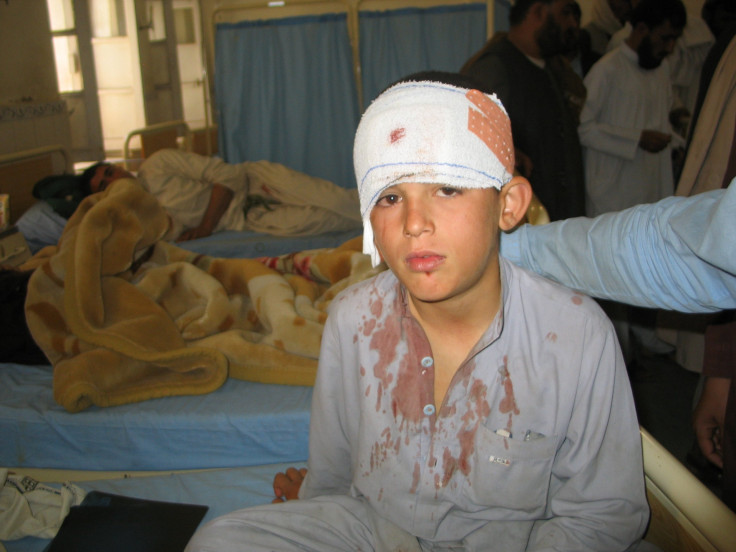Who is Abdul Hasib? Afghan ISIS Leader Killed In Special Forces Operation

U.S. Special Forces killed the head of the Islamic State group in Afghanistan last month, officials confirmed Sunday. Abdul Hasib died in a joint Afghan-U.S. operation in Nangarhar province April 27, Reuters reported.
Hasib, who had been leading the faction since predecessor Hafiz Saeed Khan died in a U.S. drone strike last year, was believed the architect of several high-profile attacks, including a March 8 attack on Kabul’s main military hospital that left dozens of medical staff and patients dead. Afghan President Ashrab Ghani also has accused Hasib of ordering the beheading of local elders in front of their families and the kidnapping of women and girls, who were forced to marry ISIS fighters.
Read: Former Fed Chair Bernanke Rejects President's Plan
Two U.S. Army Rangers also died in the attack that killed Hasib, part of an operation that included drone strikes that began in March along the border with Pakistan. Last month, the U.S. dropped “the mother of all bombs” on a network of caves, killing 94 fighters. The April 27 raid killed 35 ISIS fighters, including several high-ranking commanders.
"This successful joint operation is another important step in our relentless campaign to defeat ISIS-K [Islamic State Khorasan] in 2017," the top U.S. commander in Afghanistan, Gen. John Nicholson said in a statement from U.S. military headquarters in Kabul.
The Afghan branch of ISIS, also known as the Islamic State Khorasan, aka ISIS-K, after the old name for the region that includes Afghanistan, is believed to maintain links to ISIS but operates independently. The group has suffered massive losses this year, losing control of more than half the districts it had captured since 2015 and fighting both the government and the Taliban.
Read: Republicans Defend Obamacare Replacement, Say Medicaid, Sick Won't Be Hurt
The Pentagon said Thursday it plans to outline its recommendations on Afghanistan and is expected to urge thousands more troops be committed to break the stalemate with the Taliban. Army Gen. John Nicholson said three months ago he needs “a few thousand” additional troops, with the discussions centering on 3,000 to 5,000.
Since U.S. President Donald Trump assumed office in January, the Taliban has stepped up its attacks.
Douglas Wissing, a journalist who has been embedded three times in Afghanistan, said in an op-ed in Politico Saturday, Trump should think twice before ordering a new surge in Afghanistan.
Wissing noted insurgents currently control about half of Afghanistan, and the Taliban are operating shadow governments in virtually every province despite the continued presence of 8,400 U.S. troops. A few thousand more are unlikely to make a difference.
The U.S. had 100,000 troops in the country in 2011. Some 2,300 Americans have been killed and more than 17,000 wounded in Afghan fighting.
The Afghan war has cost U.S. taxpayers about $1 trillion. After 15 years of war, Afghanistan is on the verge of being declared a failed state. It’s already listed among the world’s most corrupt.
“U.S. soldiers on the ground in Afghanistan are increasingly frustrated with a lousy mission in a benighted country riven with tribal feuds and opium wars,” Wissing wrote.
“Soldiers I met in Afghanistan complained about billions being spent on often-spurious development projects while their own families back home were struggling. I encountered many officers desperately trying to reconcile their sense of duty with contempt for the extravagant U.S. support for the predatory Afghan government. I heard stories of officers leaving the service, seeking counseling to resolve their cognitive dissonance.”
© Copyright IBTimes 2025. All rights reserved.





















